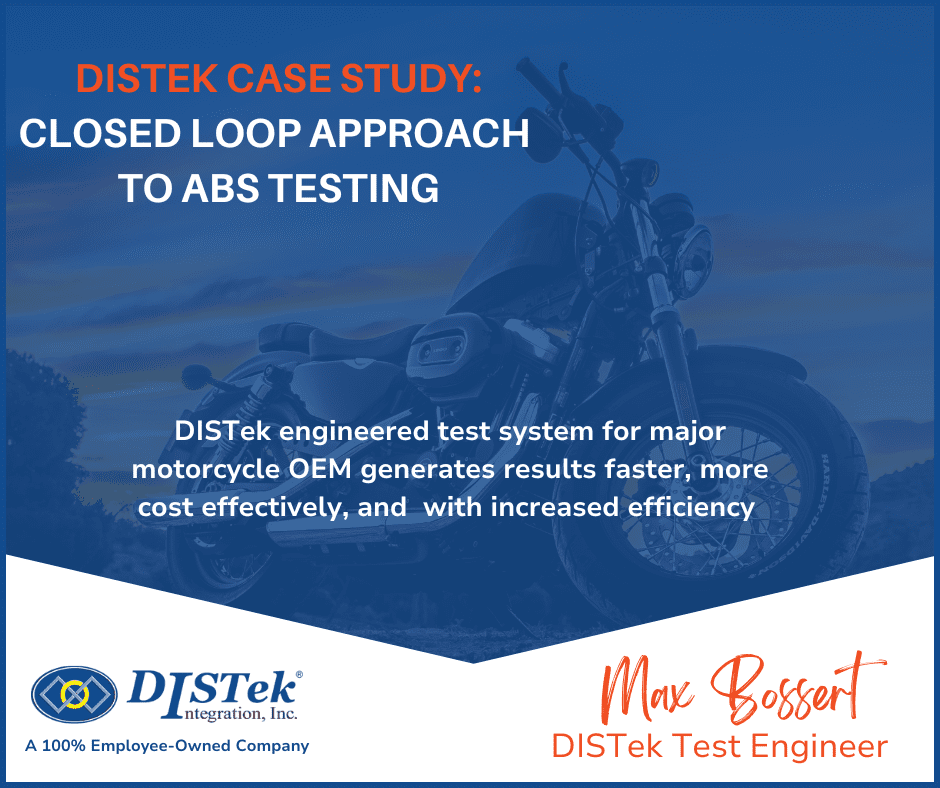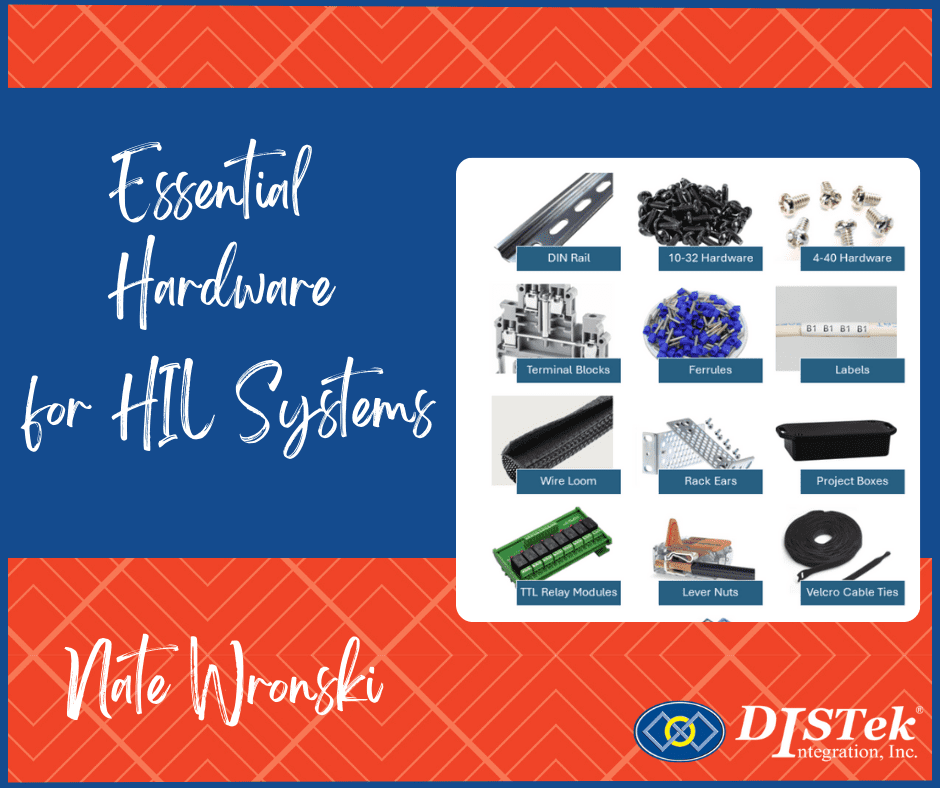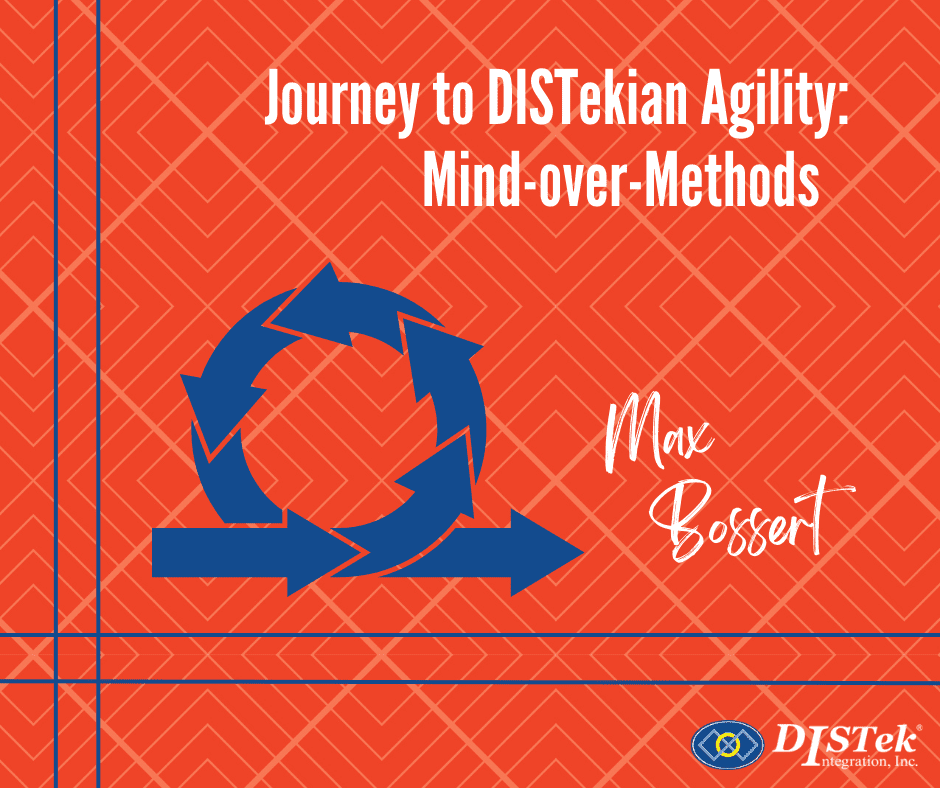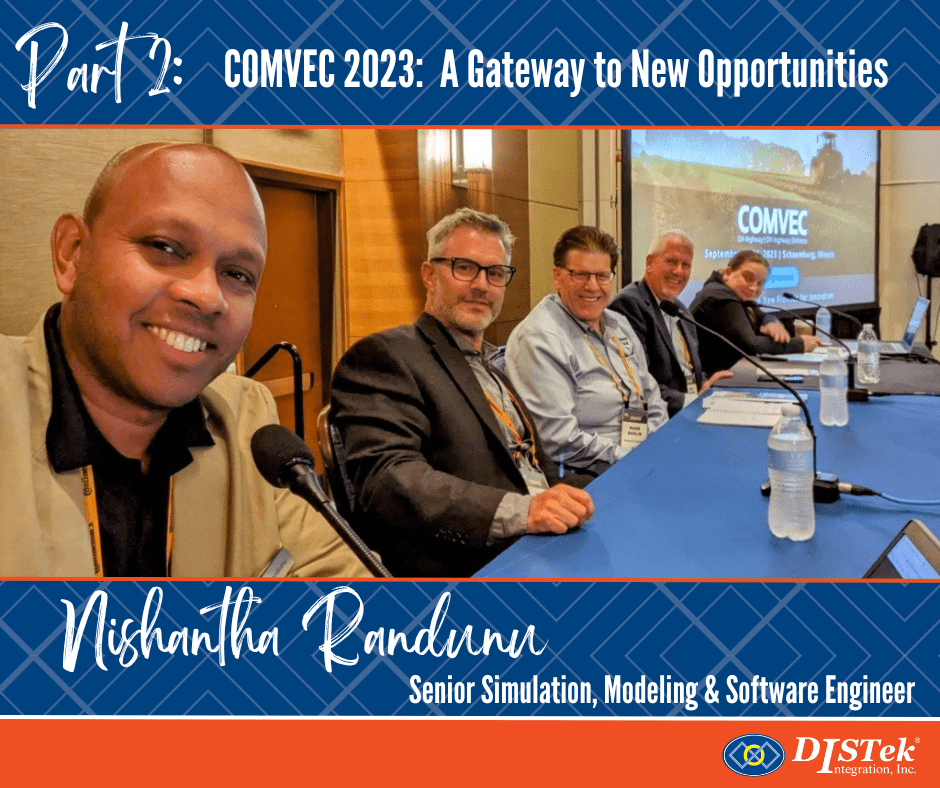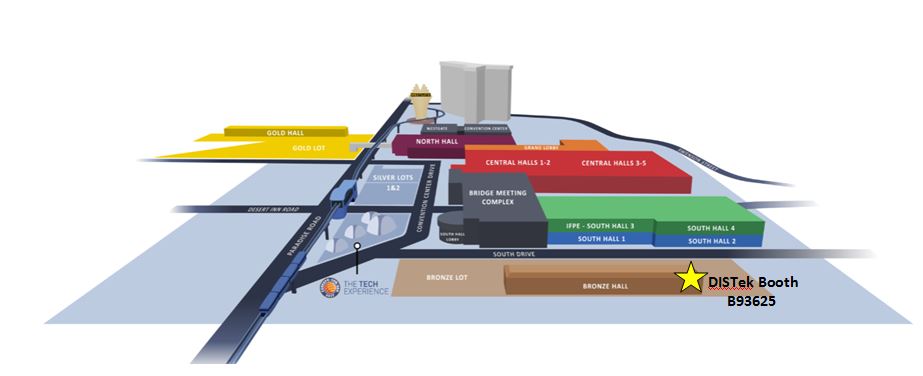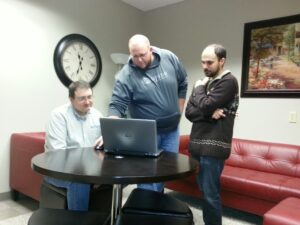
If you’re a regular reader of this blog, then you probably know a lot of about the areas that DISTek works within. Our expertise ranges across the off-highway vehicle industry (including agriculture, construction, and forestry) with engineers that specialize in a variety of disciplines. Out of convenience, we typically group these disciplines into three big areas (“embedded software”, “automation and test”, and “modeling and simulation”), but the reality is that we do all kinds of projects that cross-over between these disciplines.

